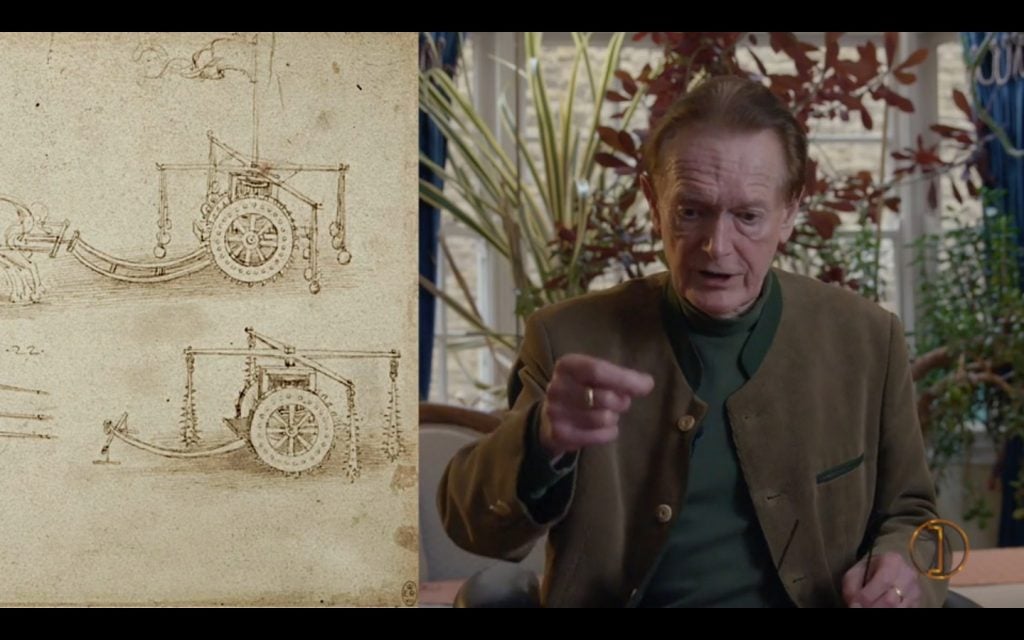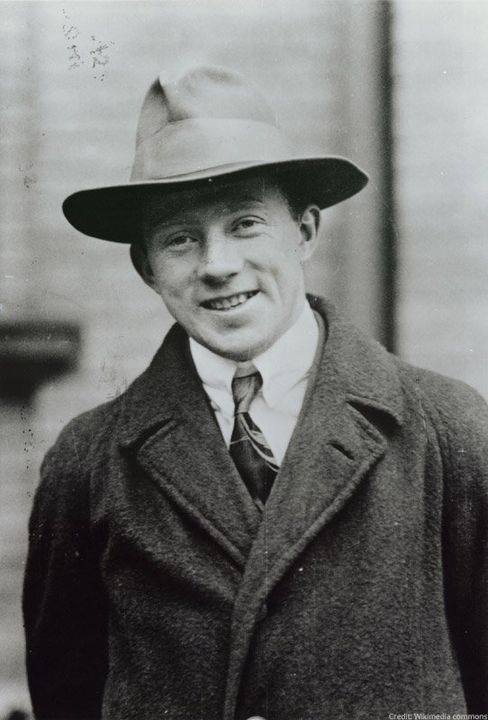3.114 AMICOR (25)
#Dra. Valderês Antonietta Robinson Achutti (*13/06/1931+15/06/2021)
Colhendo água, diretamente do Aquífero Guarani (Sítio Primavera, Viamão)
Vida e obra de Marcel Proust estão em exposição imperdível em Porto Alegre
Physicists measure the fine structure constant directly for the first time

The value of the fine structure constant – perhaps the most important constant in nature as it dictates the strength of electromagnetism – has been measured directly by researchers in Austria and the US. The technique they used involves measuring how much the polarization of light rotates as it passes through a magnetic topological insulator, and while it is not as accurate as other methods, the researchers believe its directness could lead to cleaner tests of whether this supposed constant varies over time.
The fine structure constant, denoted α, is a dimensionless number with a physical interpretation that has evolved alongside physicists’ understanding of electromagnetism. When Arnold Sommerfeld introduced it in 1916, it was the velocity of an electron in the first circular orbit of the Bohr model of the atom, divided by the speed of light in vacuum. In quantum electrodynamics, it is the coupling constant that determines the strength of interactions between electrons and photons. What remains undisputed, however, is its centrality to physics, and the fact that it cannot be calculated theoretically – it is a free parameter that must be inserted into the Standard Model of particle physics. Its value is around 1/137, and if it were even slightly different – perhaps just 1/138 – it would rewrite the rules of chemistry and change stellar nuclear fusion so much that life could not exist./.../
#José Tadeu Arantes |Agência FAPESP – A interação forte é um ingrediente fundamental para a existência do Universo, tal como o conhecemos. É ela que aglutina os quarks para formar prótons e nêutrons. Estes, por sua vez, compõem os núcleos dos átomos. Recebe o nome de “forte” porque, na escala do núcleo, é de fato muito mais forte do que as outras três interações conhecidas: a gravitacional, a eletromagnética e a fraca. Por ser tão forte, é impossível encontrar quarks livres de forma estável na natureza.
O cálculo da força forte depende de um parâmetro que pode ser considerado uma das grandezas fundamentais da física: a constante de acoplamento forte, conhecida como “alpha_s”. Este é um número puro, adimensional, que vale, na média atual, 0,1179 ± 0,0009.
A edição de 2022 da Review of Particle Physics pode ser acessada em: https://pdg.lbl.gov/#gsc.tab=0.
Este texto foi originalmente publicado por Agência FAPESP de acordo com a licença Creative Commons CC-BY-NC-ND. Leia o original aqui.
Art History 5 Surprising Things We Learned About Leonardo da Vinci From Historian Martin Kemp’s New Online Masterclass
The online course offers an opportunity to get to know both the Renaissance master and the scholar who has devoted his career to studying the artist.

#Leandro Mottin, lançamento
A avó dele, Da. Amália Leite Pereira, e outros membros da família, foram nossos clientes.
#TIME Health
Long COVID isn't the only post-viral illness
 | ||||||||||||||||||||||||||||||||||||||||
| BY JAMIE DUCHARME | ||||||||||||||||||||||||||||||||||||||||
| Health Correspondent | ||||||||||||||||||||||||||||||||||||||||
When talking about COVID-19, I often hear people say, “Wow, this virus can do anything!” From weird acute symptoms (remember COVID toes?) to devastating cases of Long COVID and serious organ damage, the effects of the SARS-CoV-2 virus are scarily diverse. But it’s a mistake to think that SARS-CoV-2 is unique in this respect. Lots of viruses—even common ones like influenza and Epstein-Barr (which triggers mono)—can cause serious, sometimes life-long complications, including chronic pain, crushing fatigue, and cognitive decline. And due to decades of neglect from the medical and scientific communities, we still don’t have a great understanding of why that is or what can be done to reverse these issues./.../ #
#Quanta Mechanics |











No comments:
Post a Comment